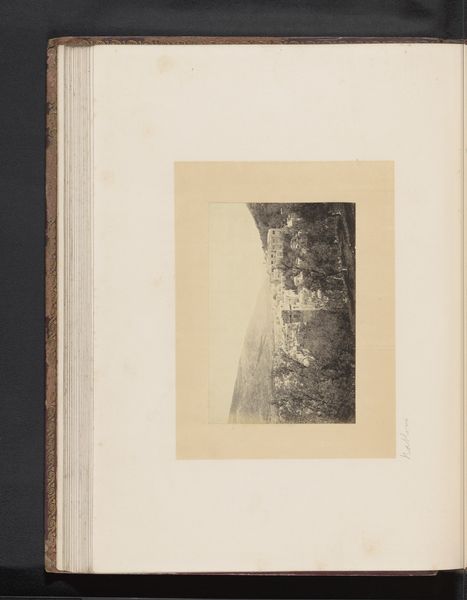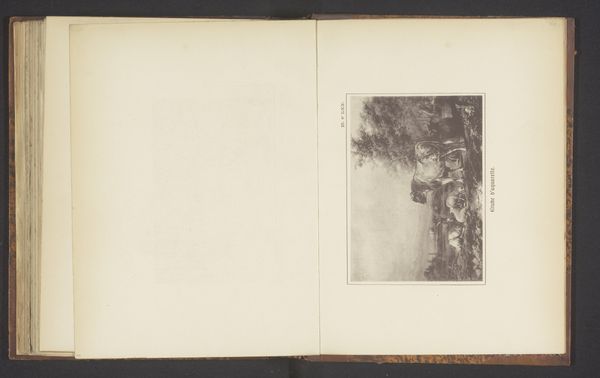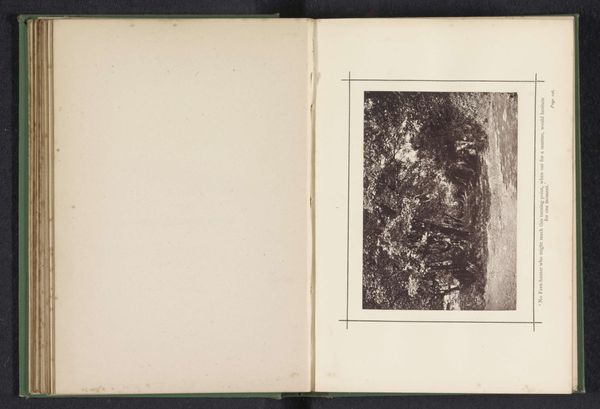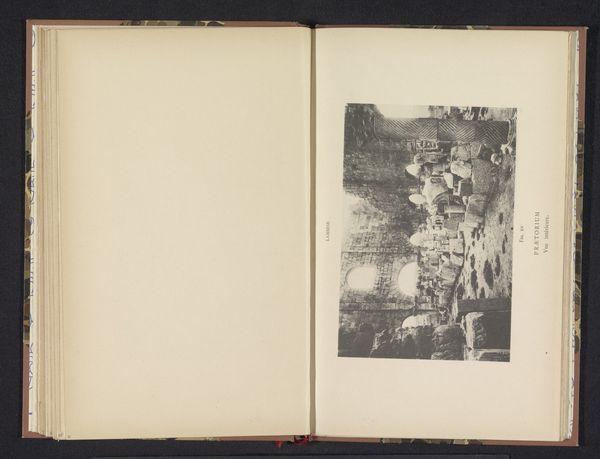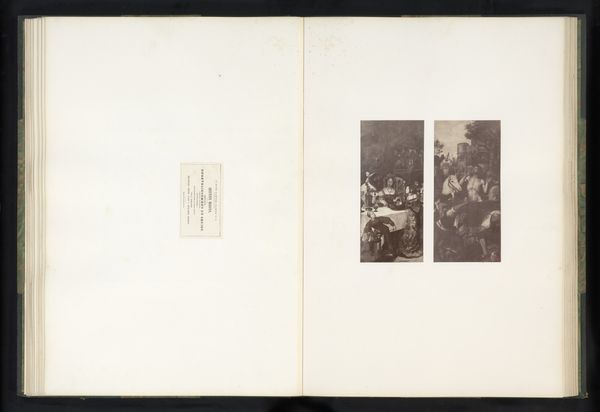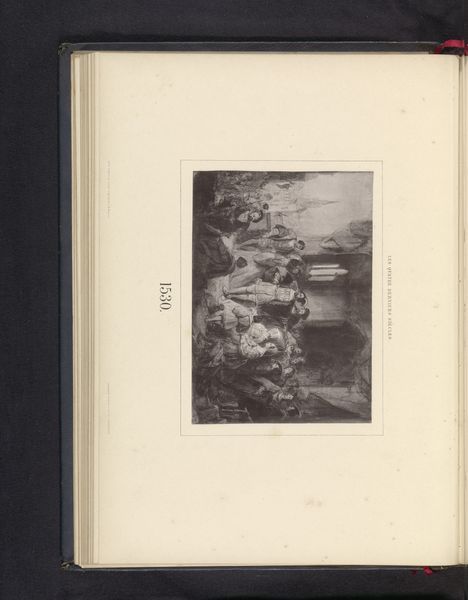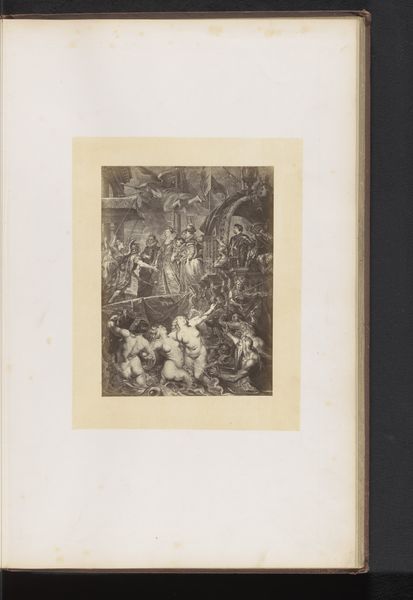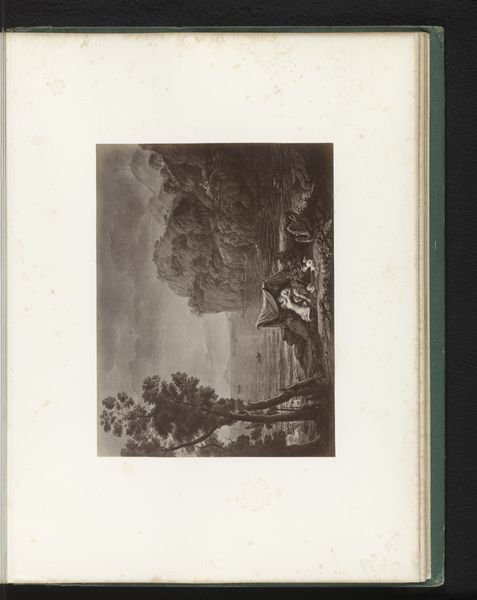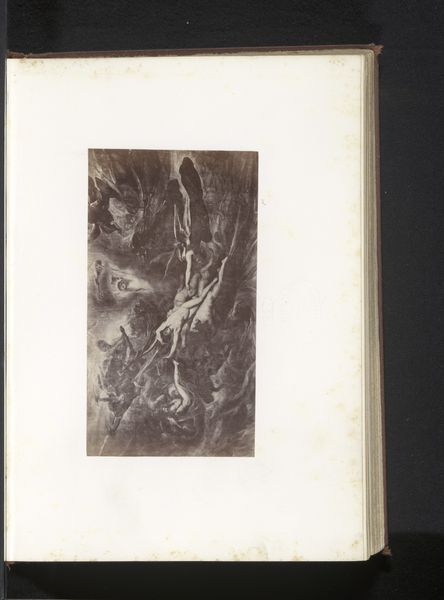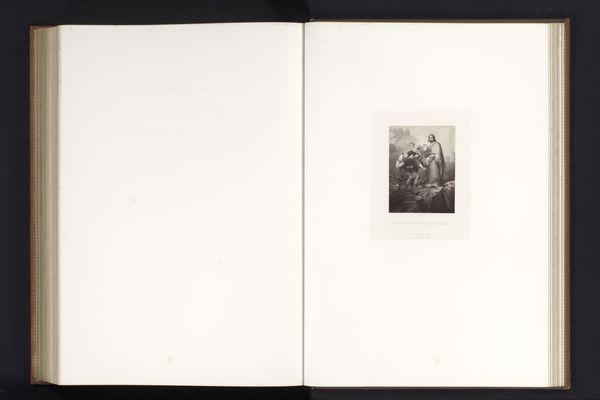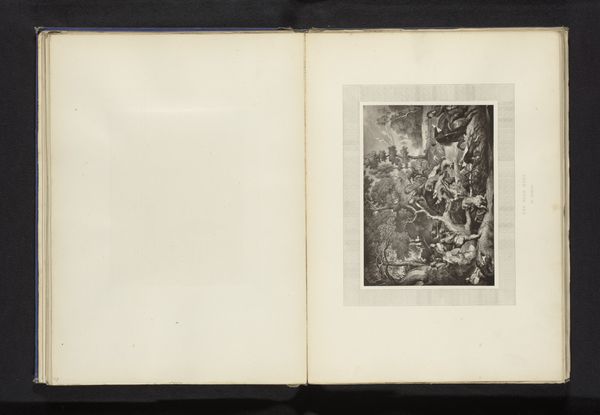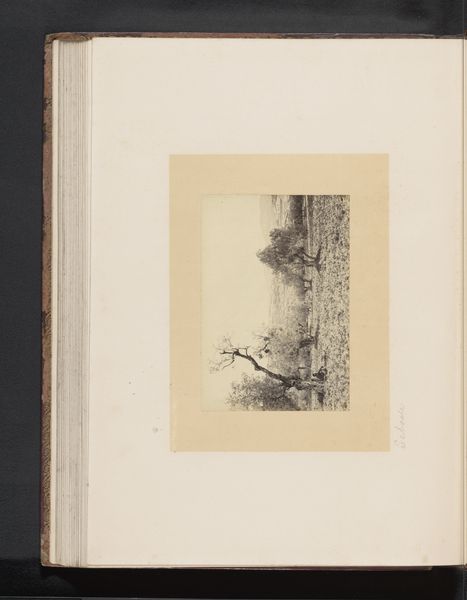
Dimensions: height 240 mm, width 190 mm
Copyright: Rijks Museum: Open Domain
Curator: Here we have Christiaan Lodewijk van Kesteren's "Bestorming van Alkmaar, 1573," created between 1865 and 1870. It's currently held at the Rijksmuseum. Editor: Immediately striking! The scene feels both chaotic and meticulously planned. The scale feels grand, even in a print. You can almost hear the clashing steel and shouts. Curator: It depicts a pivotal moment in Dutch history, during the Eighty Years' War. The Spanish siege of Alkmaar and its subsequent heroic defense became a symbol of Dutch resistance. Examining this in relation to contemporary nationalism, it underscores questions about identity, struggle, and the forging of national narratives. Editor: I’m interested in how the artist chose to execute this historical scene using an engraving. There's something inherently mechanical about printmaking, a reproducible medium making claims of authentic national identity. It begs the question of the printmaker’s intent, considering material circumstances. Was it purely to disseminate a patriotic message? Curator: Indeed. The romantic style used here amplifies that nationalist sentiment. Notice the dramatic lighting and the focus on individual heroism amid the overwhelming conflict. The construction of the narrative through visual cues, and its purpose. Who benefits from it? How does it frame gender roles in war, with masculine displays of valor dominating the frame? Editor: The medium contributes significantly. Engraving involves meticulous labor; each line etched embodies a conscious decision. Considering distribution methods, this likely reached a wide audience. A more readily available visual form than an oil painting hung in a palace or elite home. This print connects to class in interesting ways. Curator: Furthermore, consider its lasting effects. How does this romanticized depiction of war influence our perception of conflict and heroism even today? Do images such as this impact contemporary socio-political realities, feeding into harmful cycles of aggression and exclusion? Editor: Ultimately, reflecting on the labour, the distribution network, and its reproduction brings into focus how art objects help construct ideology. The making matters, and who has access. Curator: A profound point. Studying the past allows us to contextualize the present, even revealing how historical power structures operate through visual imagery. Editor: Absolutely. Art objects like this engraving encourage critical thinking about these mechanisms and offer deeper perspectives into production and consumption.
Comments
No comments
Be the first to comment and join the conversation on the ultimate creative platform.
